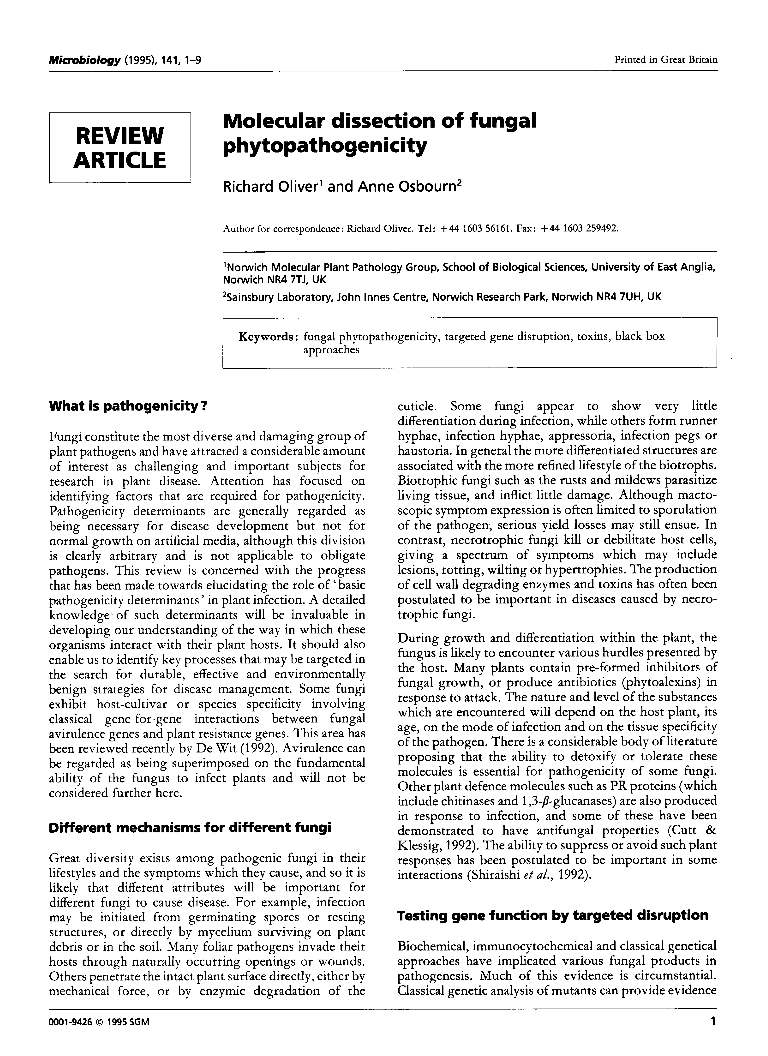
Full text loading...

Molecular dissection of fungal phytopathogenicity, Page 1 of 1
< Previous page | Next page > /docserver/preview/fulltext/micro/141/1/mic-141-1-1-1.gif
There is no abstract available.

Article metrics loading...

Full text loading...
References


Data & Media loading...
